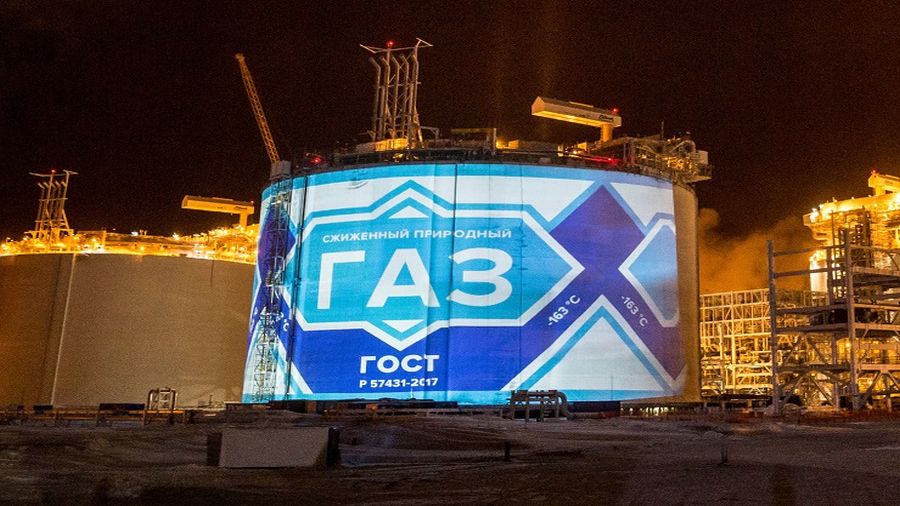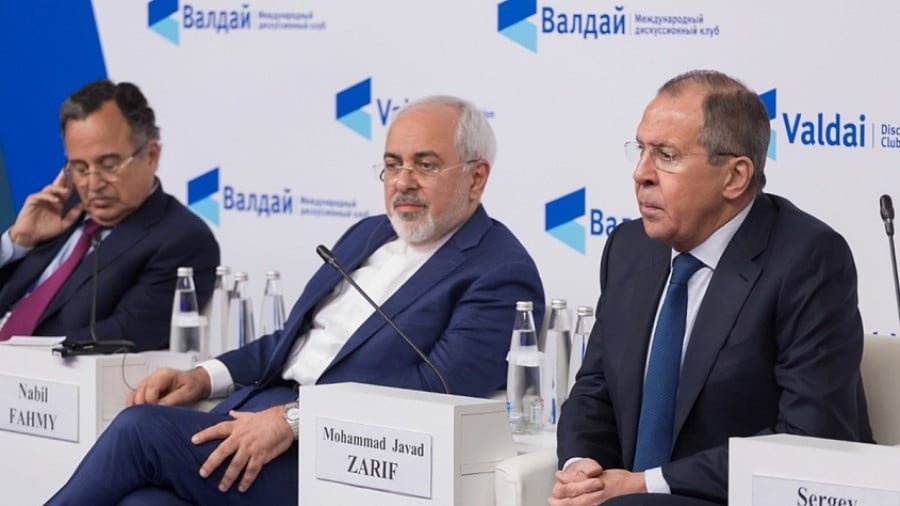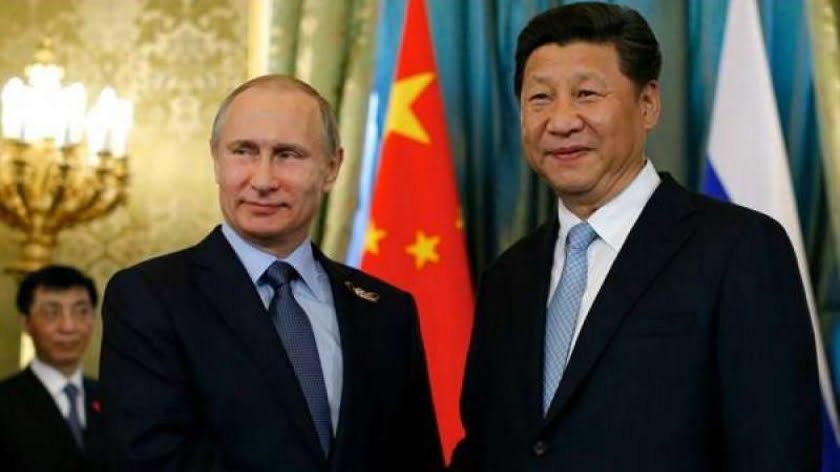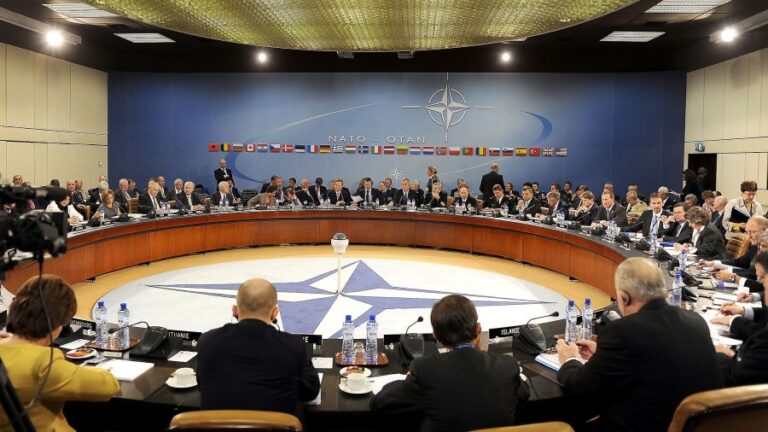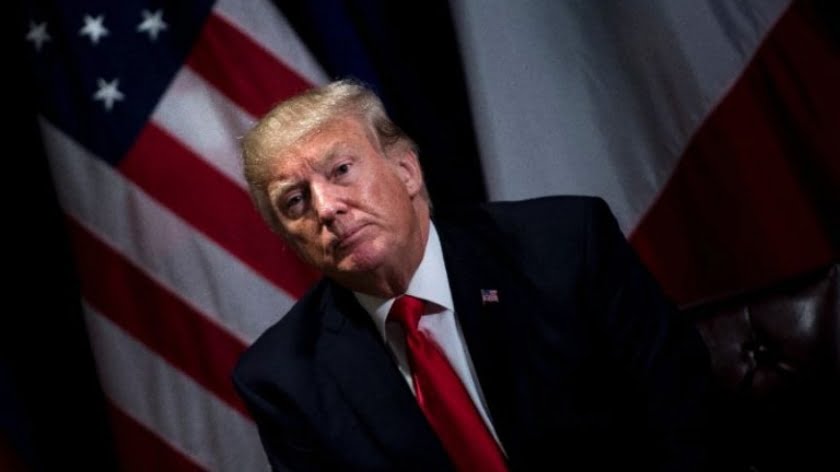How Russia is fighting the West’s Economic Onslaught
In Washington, economic and financial sanctions remain one of the most favourite options for fighting wars by other means. We continue to witness the use of this tool quite often, with the US strategy to fight Russia’s military operations in Ukraine being the most recent example. A key reason that has thus far enabled the US and its allies in Europe to weaponise economics and finances to punish their enemies is the territorial centrality of the global economic order, a legacy of western colonialism entrenched further at the end of the Second World War. But geoeconomics is a tricky game, as the power potential of a given source of power can radically alter in different contexts. The Russia-Ukraine war is a very useful example of such an alteration. While the West – US and EU – responded in its usual way by imposing “sanctions from hell” on Russia, little did they realise that Moscow will eventually use their own tactics against them. Responding to Western support for Ukraine and retaliating against sanctions imposed on Russia, Moscow’s ‘gas politics’, or its decision to weaponise its gas sales to Europe, has clearly outmanoeuvred the Transatlantic alliance, unsettling it from within and forcing it to tackle one of the most serious ‘cost of living crisis’ in decades.
Due to the war in Ukraine, gas prices in Europe have increased by almost 400 per cent. If “sanctions from hell” were meant to punish Russia and weaken Vladimir Putin’s political position, soaring gas prices in Europe have created a serious dilemma for the whole continent. This has led many in Europe to look for alternative sources of gas, especially LNG. But as reports in Western media itself have highlighted, even if Europe replaces Russian gas with LNG, there is simply not enough LNG to keep Europe warm in the winters.
According to Germany’s Federal Network Agency, even if German reserves were one hundred per cent full, they would be empty in less than three months if the Russian gas supply were halted completely. In this context, Russia’s decision to shut down gas supply via Nord Stream 1 has jolted the whole continent from within. According to reports in the Western media, the energy crisis facing the whole continent is likely to revive old rivalries, with threats of the European alliance fracturing from within intensifying.
Some countries have indeed begun charting their own course. For instance, both Hungry and Bulgaria have announced renegotiating gas deals with Russia. Whereas the UK has gone back to its traditional ally, the US, to find more sources of gas supply, it remains that it is also one of the worst hit countries by the gas crisis. According to the International Monetary Fund (IMF), due to the gas crisis, an average household in the UK is likely to lose 8.3 per cent of its total spending in 2022. While Germany and Spain are likely to lose around 4 per cent, Estonian and Czech households face higher impacts than the UK in the whole of Europe.
Many in Europe think that they can potentially offset the impact of this crisis by securing extra supplies from the US. But, again, as reports in the Western mainstream media show, the US is itself moving towards a gas crisis, and that it could end up worsening Europe’s gas crisis too. As a recent report in Wall Street Journal said, gas stockpiles in the US are already 11.3 per cent lower than the past five-year average. While this shortage is largely driven by hot weather and extra use of electricity for air-conditioning, it remains that the US has only a limited capacity to fill Europe’s needs.
There is thus no automatic transition for Europe to alternative sources of gas supply. This is perhaps the reason why a gas crisis in Europe is now turning into a major economic crisis. As reported in the Western mainstream media itself, soaring gas prices have forced fertiliser plants to shut, threatening a continent-wide food crisis.
Other large scale manufacturers in Europe are also taking measures to minimise the impact of the gas crisis. According to reports, Volkswagen said it is stockpiling components that involve glassmaking. The fact that making glass involves melting sand, soda ash and limestone and requires large amounts of natural gas and the fact that Europe does not have enough gas means that these manufacturers are anticipating a big fall in their production capacity. A rising ‘cost of living’ crisis also means that there will be fewer buyers of Volkswagen and other cars in 2022 or even beyond.
Glassmaking is not exclusive to the auto industry. Not enough gas available for glass making means that other sectors will also be affected adversely.
So, what is the option for Europe? Many in the US media have spent hours arguing for Europe to develop ‘nerves of steel’ to face the Russian challenge. But this is only a way to convince Europe to stay in the US axis. A better alternative for Europe might be to review its deeply costly alliance with Washington. On the one hand, many European states, such as Germany, have been forced to spend more on defence, and on the other, they are now facing a crisis that could unravel European unity and political stability.
Developing a geopolitical framework that does not see and project Russia only as an enemy state might be a useful start. Showing some sensitivity to Russia’s legitimate security interest vis-à-vis NATO’s expansion can help Europe quickly overcome the crisis that the US created but cannot help overcoming.

